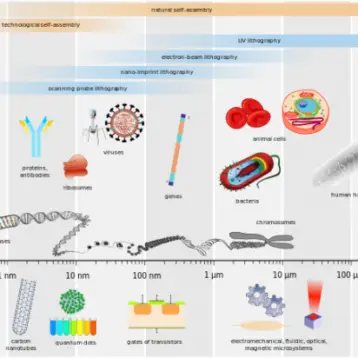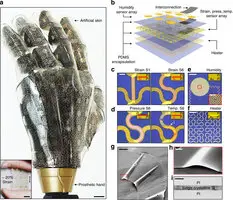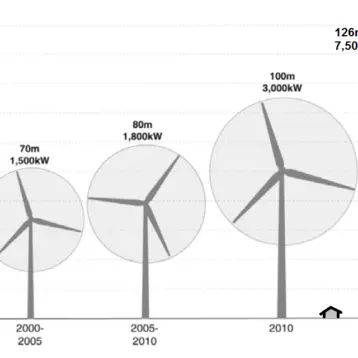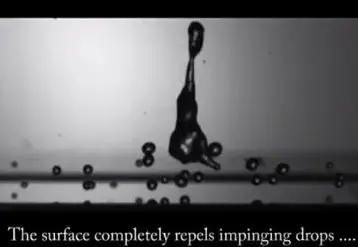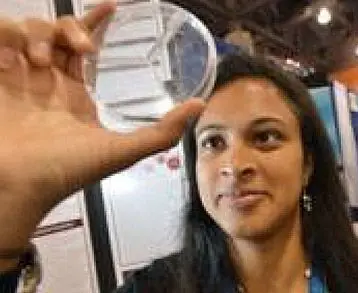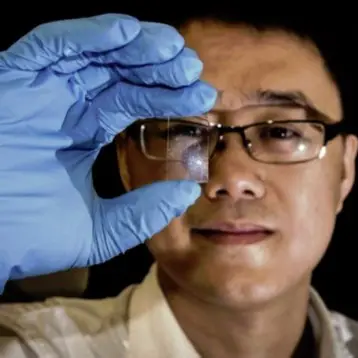|
The thin, flexible crystals which conform to each others’ shape and stick together due to van der Waals forces are both electrical insulators. Morpurgo’s team found that a 2-nanometre-thick strip along the interface between the two crystals conducts electricity as well as a metal. While it was known that a blend of the two materials could conduct electricity, but it does so relatively poorly.
The two materials are physically unchanged when laid side-by-side, but the way electrons behave is subtly altered along the interface where the different materials are in close proximity. Because the two plastics become more insulating at lower temperatures, during testing the combined materials were cooled down, expecting the odd behavior to disappear.Surprisingly, the interface became a better conductor, just as metals offer less resistance to electricity when they are cooled.
While electrons inside each of the materials are usually unable to travel freely Morpurgo thinks that molecules at the interface are able to jump over to vacant spaces known as “holes”, so that they can travel freely, allowing current to flow. “Such an electron-hole system is really something new and it may have interesting electronic properties,” Morpurgo says.
This new interface conducts electricity much better than standard semiconductors and has the power to create new effects, from magnetism to superconductivity.
TFOT recently covered a method to self-assemble metals into complex configurations as well as a new material which is as tough as metal but stretchy and light.
More about the new conducting plastic can be found on the Delft University of Technology website.



